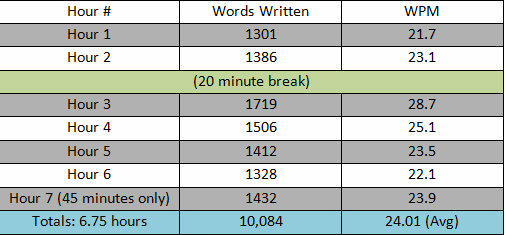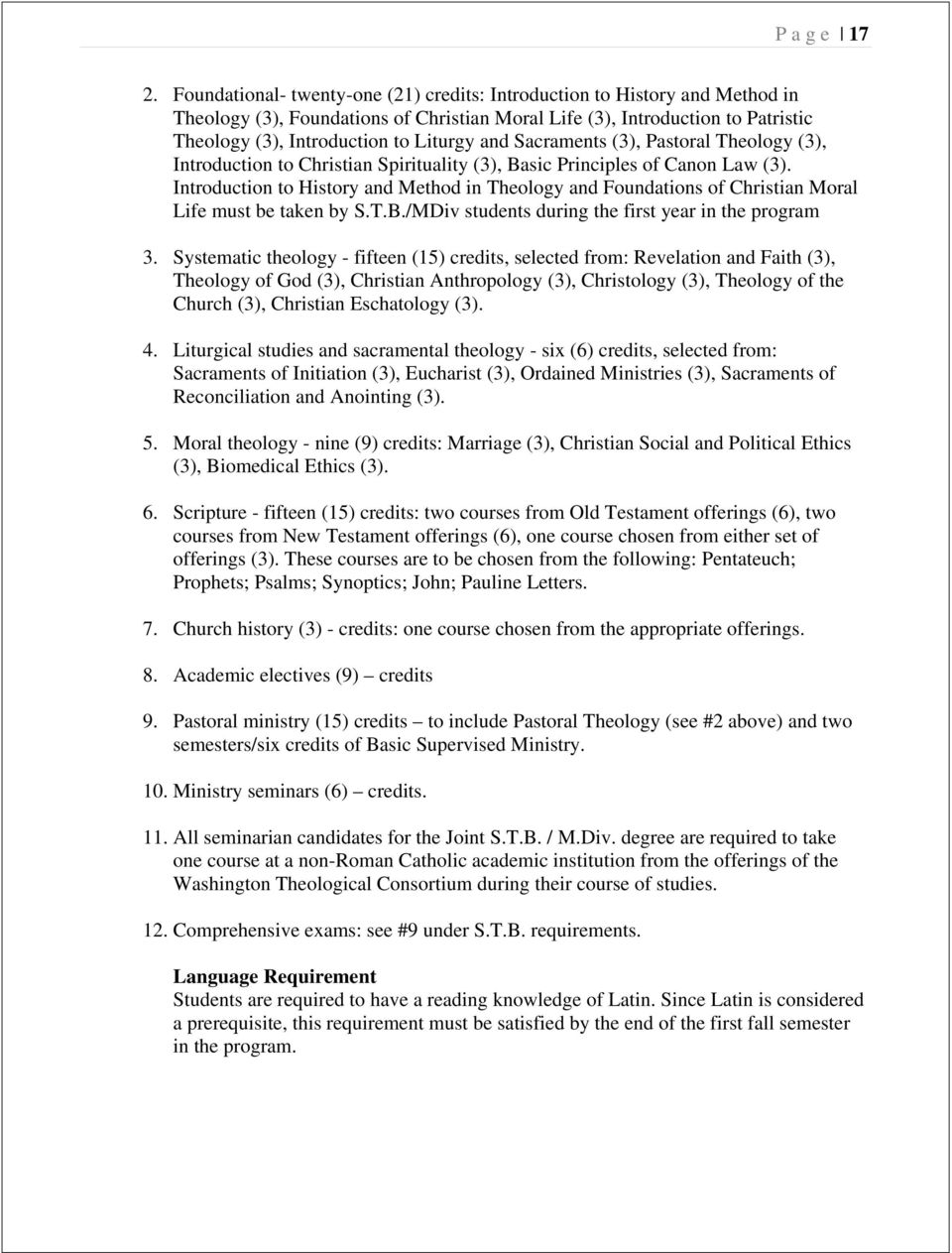Why Edmund Burke’s sublime and beautiful ideas still resonate.
Burke's Philosophical Inquiry into the Origin of our Ideas of the Sublime and Beautiful has often been reprinted, and almost always, since the second edition of January 10, 1759,1 'with an Introductory Discourse concerning Taste, and several other.The second best known theoretical work of the Irish politician and philosopher Edmund Burke, 'A Philosophical Enquiry into the Origin of ou Ideas of the Sublime and Beautiful' (1957), is overshadowed by Burke's political work.Of the Sublime; Of the Passions Which Belong to Society; The Final Cause of the Difference Between the Passions Belonging to Self-Preservation and Those Which Regard the Society of the Sexes; Of Beauty; Society and Solitude; Sympathy, Imitation, and Ambition; Sympathy; The Effects of Sympathy in the Distresses of Others; Of the Effects of Tragedy; Imitation; Ambition.
Burke’s boldest gesture is to name his principles “sublime and beautiful”, and to claim that they cover the whole range of feeling. He assumes that feelings are uniform in “the human creature”, and.Burke's A Philosophical Enquiry into the Origin of our Ideas of the Sublime and Beautiful In A Philosophical Enquiry into the Origin of our Ideas of the Sublime and Beautiful (1757) Edmund Burke discusses the attraction of the grotesque, the terrible, and the uncontrollable, a stark contrast to the prevailing 18th-century preferences for the controlled and balanced.

The Sublime Part 1 In Neil Hertz’s essay, The Notion of Blockage in the Literature of the Sublime, Neil uses the work of William Wordsworth to makes a connection to the very distinguished and particular notion of the mathematical sublime by Immanuel Kant.












